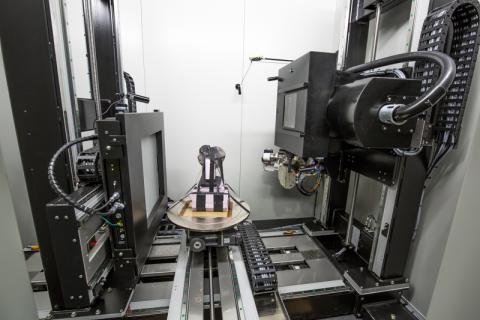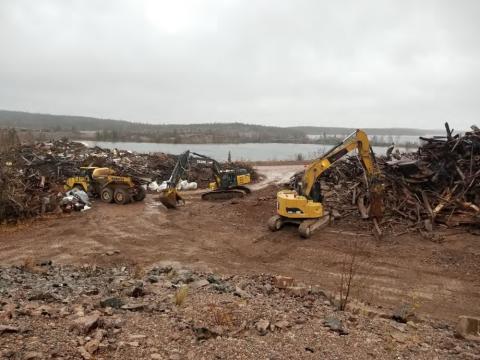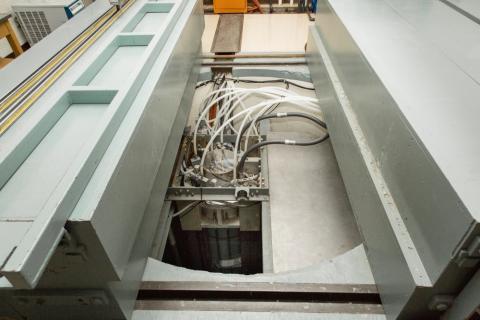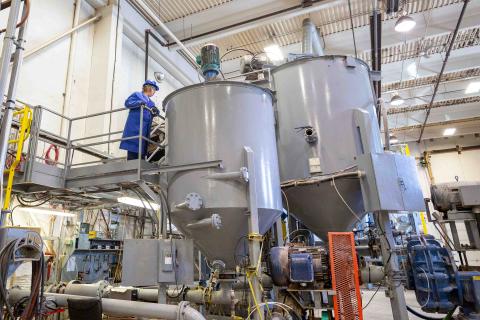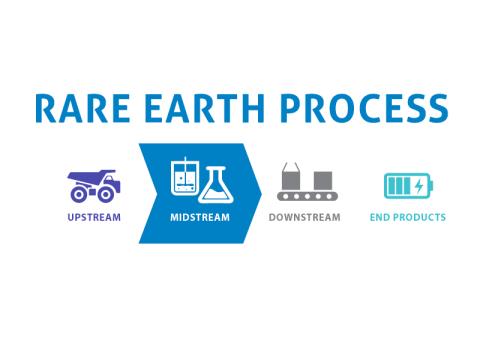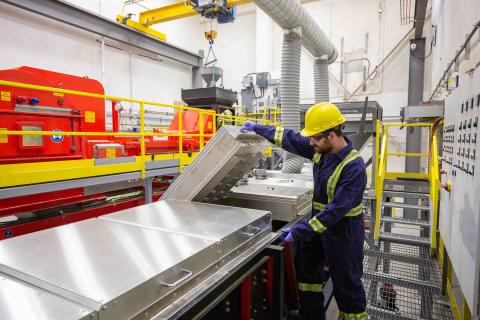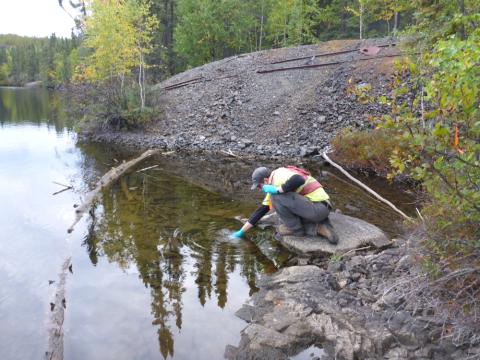Inside SRC
X-ray transmission (XRT) sorters are a popular choice for mineral processing plants due to their sorting ability, robustness and applicability across a variety of ores, but how can a mining company know if XRT is right for them? Learn how SRC experts combine technologies to help find the answer.
SRC collaborated with project stakeholders to safely restart Project CLEANS remediation work during the 2020 field season. Learn about the work that was done and what's in store for 2021.
Many mining operations experience significant maintenance and performance problems with their materials handling equipment. High heat, dust and vibration can wreak havoc on equipment, as do the tough materials the equipment handles. Learn how engineering experts at SRC solved a client's legacy equipment challenge, combining old and new engineering principles.
SRC’s SLOWPOKE reactor was commissioned in March 1981. The reactor immediately proved to be a great resource for the uranium industry as it provided a rapid method to analyze the thousands of exploration samples that the industry was then producing. Learn more.
In celebration of the Pipe Flow Technology Centre's 60th Anniversary, we're diving back in time to share the people, the projects and technologies that have, over the past six decades, helped mining and other resource developers study their slurries and test processes for safe, cost-effective extraction, transport and processing. Read on.
Canadian rock formations hold 12 per cent of the world’s rare earth elements measured resources. But currently, no REEs are being processed in Canada due to the lack of a fully developed supply chain in North America. SRC is set to change this with its new Rare Earth Processing Facility.
This blog post is part of our Diamond Webinar Series with CIM Magazine. View the magnetic separation webinar and white paper to dive deeper into this topic. Sign up now to be notified of the next...
Solution mining is one way producers can mine potash deep below the earth’s surface. Cooling ponds can become contaminated in the extraction process, which can result in the production of hydrogen sulfide - a dangerous and highly destructive chemical. Learn how researchers are finding ways to control it.
Advanced mining technologies, like sensor-based sorting, have the potential to address challenges the mining industry now faces, including declining ore grades, water shortages and increasing environmental regulations. Learn how we're using sensor-based sorting to develop, test and pilot processes for industry.
SRC's Project CLEANS team travelled to five uranium mine sites in northern Saskatchewan that had been abandoned in the 50s and 60s to conduct preliminary site investigations as part of large-scale remediation project. Learn about the challenges of visiting these sites and the work being done to clean them up.
